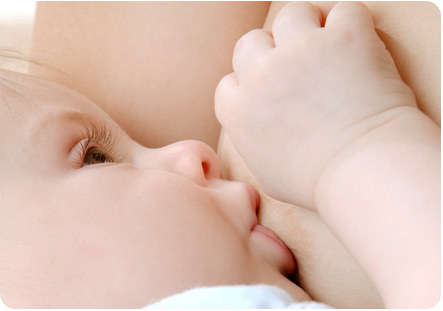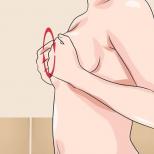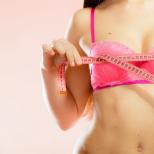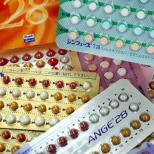Breast hurts when feeding. Causes? What to do?
During lactation, the mammary glands are subjected to a serious test. Therefore, many nursing mothers complain of chest pain during feeding. As a rule, this is a natural reaction caused by a change in the body. However, pain can also indicate the appearance of more serious problems. Consider the main causes of pain and ways to solve them.
From this article you will learn:
Main reasons
Almost every woman has encountered a problem when her chest hurts while feeding. Discomfort occurs immediately after childbirth and lasts from several days to several weeks, which is due to normal processes in the body of a woman.
The skin of the nipples is tender enough, so it must take time for it to harden, and the woman can feed the baby without pain. If the baby is correctly applied to the breast and the feeding regimen is followed, then very soon natural feeding will bring only joy and pleasure.
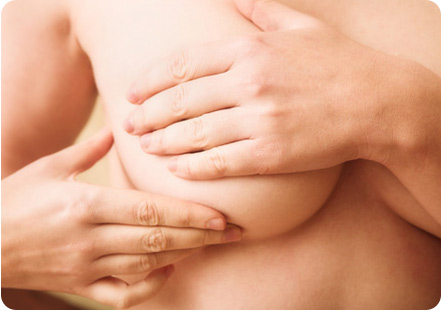
If discomfort appeared later, then the cause of chest pain during feeding can be:
- Cracks in the nipples. Most often, cracks and abrasions appear due to improper attachment of the child. It can also be caused by the appearance of teeth in the baby or a sharp interruption in the feeding process, when the baby does not release the nipple itself, but is forcibly removed from the mouth.
- Lactastasis. The most common cause of discomfort in the chest area. This condition is due to the fact that milk does not come out of the breast lobule during feeding, so stagnation forms. Diagnosing lactastasis is very simple - you should carefully feel the chest, and you will feel a small nodule or induration.
- Flushes of milk. Many women feel rushes of milk right during feeding. This condition should not cause concern, but it can cause tingling, tingling, or even severe pain. Over time, the sensations will become weaker, and many women cease to feel discomfort at all. The same feeling can occur if the mother has too much milk.
- Mastitis. Inflammation and blockage of the milk ducts indicates mastitis. The disease is accompanied by redness of the skin of the chest and a strong increase in body temperature. And the main symptom is severe pain during feeding. It is very important to continue to breastfeed your baby, but you should definitely seek medical help.
All of the above problems, except for the rush of milk and its excessive amount, require your attention. For example, cracked nipples can cause infections, and lactostasis can turn into mastitis after some time.

Treatment of chest pain
The first thing to do when discomfort occurs, you should consult with a specialist on the correct attachment of the baby to the chest. It is improper attachment that is the main cause of all further problems with breastfeeding.
If cracks and abrasions are found, you should:
- Check your nursing underwear. It should be free of seams and other hard elements that may come into contact with the nipples.
- Be sure to take air baths for your breasts after feeding. Thus, the skin cells will breathe, and the muscles of the glands will relax.
- Use special gaskets and replace them regularly.
- Watch as the baby takes the nipple. It should capture both the nipple and the areola itself - it will be more comfortable for you.
- After feeding and short air baths, the cracked nipple should be treated with healing oil. Sea buckthorn oil with a wound healing effect is best suited.
If, after examining the glands, you find lactostasis, you should:
- If there is an excess of milk, express it after feeding.
- Before feeding the newborn, self-massage the glands.
- Feed the baby with one and the second breast alternately, change the position of the baby during feeding, so that all areas of the mammary gland are affected.

